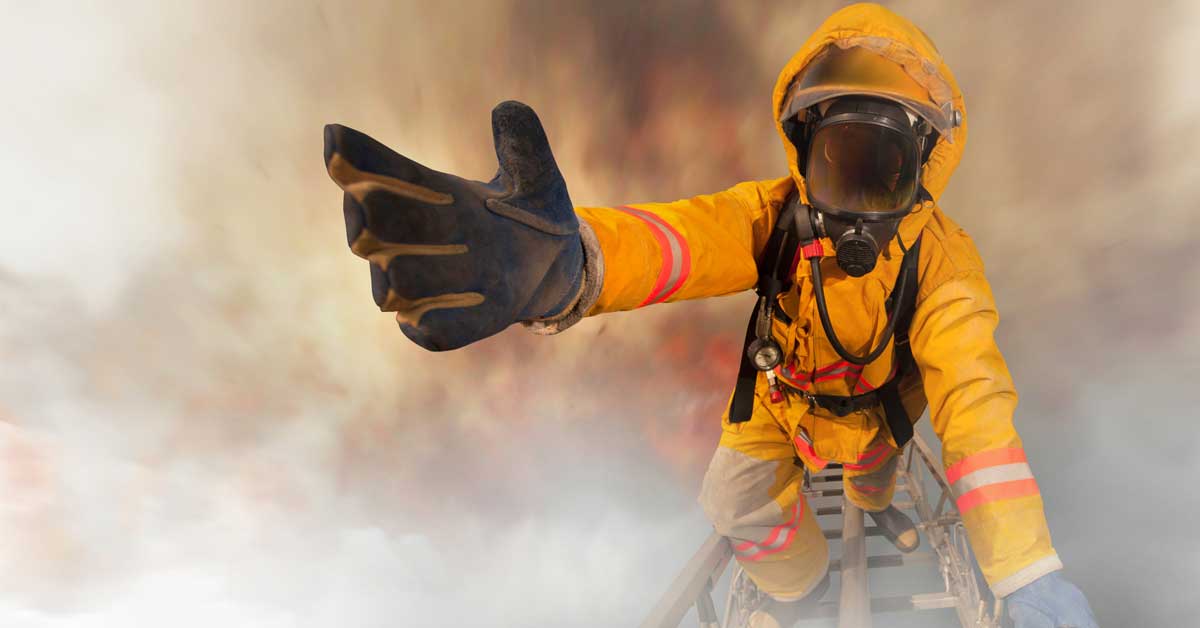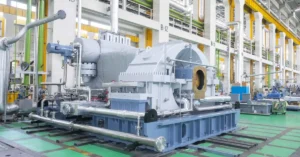Where life and death are at stake, nothing is as vital as the tools you use in firefighting. Radio straps could be an insignificant-looking part, but it is indeed a crucial component of the system. This strap enables a firefighter to keep his/her radio within easy reach throughout emergencies; it holds it firmly in place.
Selecting the most appropriate radio straps enhances operational effectiveness and safety. An appropriate choice of strap makes it possible to affix the radio securely and prevent it from falling or getting damaged during duty. Also, it would safeguard the equipment from the harshest conditions of firefighting.
Firefighters need to know what a good radio strap should or should not possess. The right choice is a careful selection of material, design, and functionality that would ensure reliable communication during work.
Understanding The Need to Have a Good Radio Strap
A radio strap is not merely a mere comfort accessory, it is an essential piece of the firefighters’ equipment. It will make sure that communication remains open, which is important for collaboration, especially in situations when quick response is necessary. The right strap will secure the radio, keep it from moving around, and help withstand the harsh environments that firefighters encounter, such as heat, water, or other debris.
Selecting the Appropriate Radio Strap
1. Material Durability
The material from which a radio strap is made should be your foremost concern. Choose straps that are made from highly resistant material such as leather or nylon fabric of high density. Such materials can be used in firefighting since they can endure conditions such as heat and water. Leather straps are popular due to the fact that they can be worn well and become softer and more comfortable to wear with time.
2. Comfort and Adjustability
Ease is paramount in any piece of firefighting gear. One of the requirements of the radio strap is that it should be adjustable to accommodate other gear such as protective coats and breathing apparatus. It should also have a cushioned shoulder area for this ensures that the strap does not cut into your shoulder during working hours.
3. Secure Fastening and Accessibility
Make sure that the strap has the proper means of fixing the radio to prevent it from moving around. Clips and buckles should be simple to release, even if the wearer is wearing gloves, so the radio can be quickly accessed when necessary. Also, look for straps with loops or hooks that can be adjusted to fit different sizes and shapes of radios.
4. Reflective Features for Visibility
This is especially useful when the visibility is low, such as in smoke or low-light conditions. Some radio straps come with reflective material or stitching. This feature enables other firefighters and rescue personnel to identify you, making operations even safer.
5. Maintenance and Longevity
Last, think about how much care is needed to keep the radio strap in its proper state. Leather for example needs to be conditioned sometimes to ensure that it remains strong and elastic in nature. Choose a strap that is simple to maintain and will not develop mold or mildew when exposed to a moist climate.





